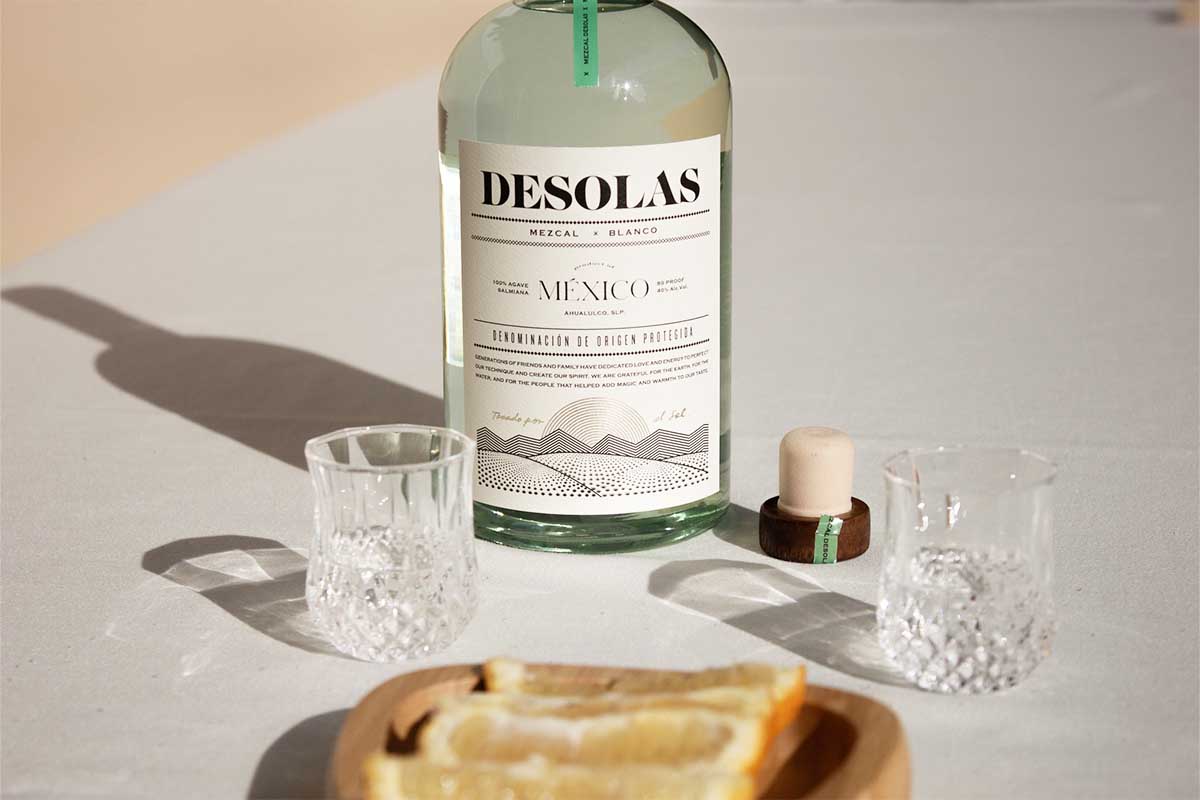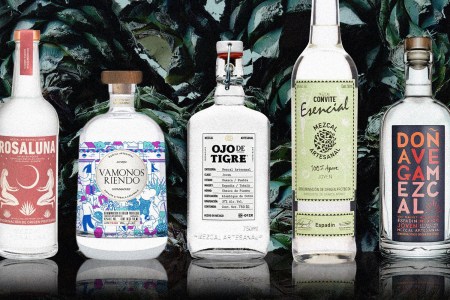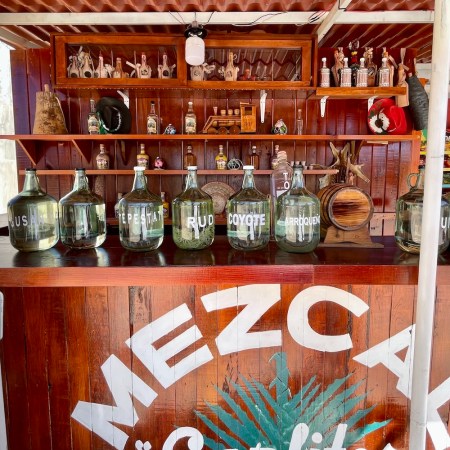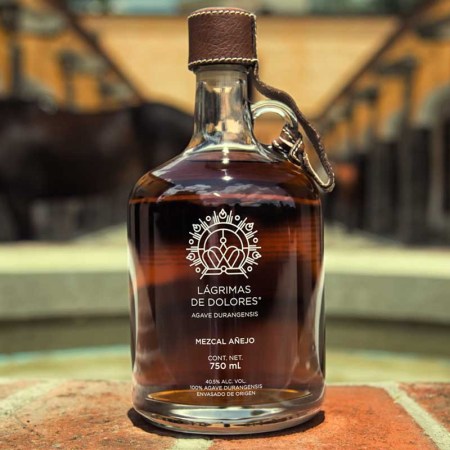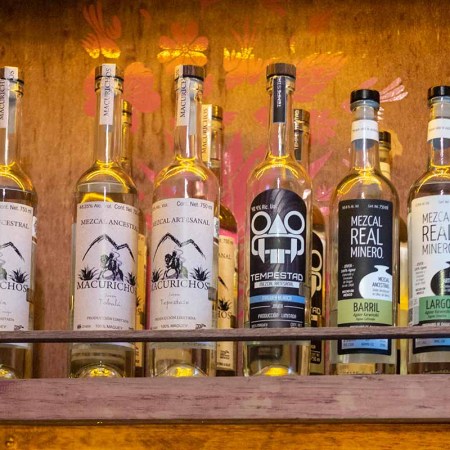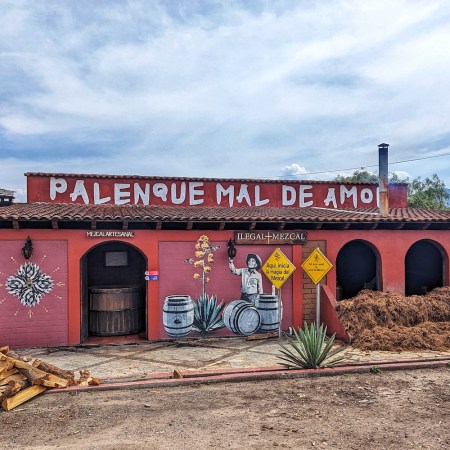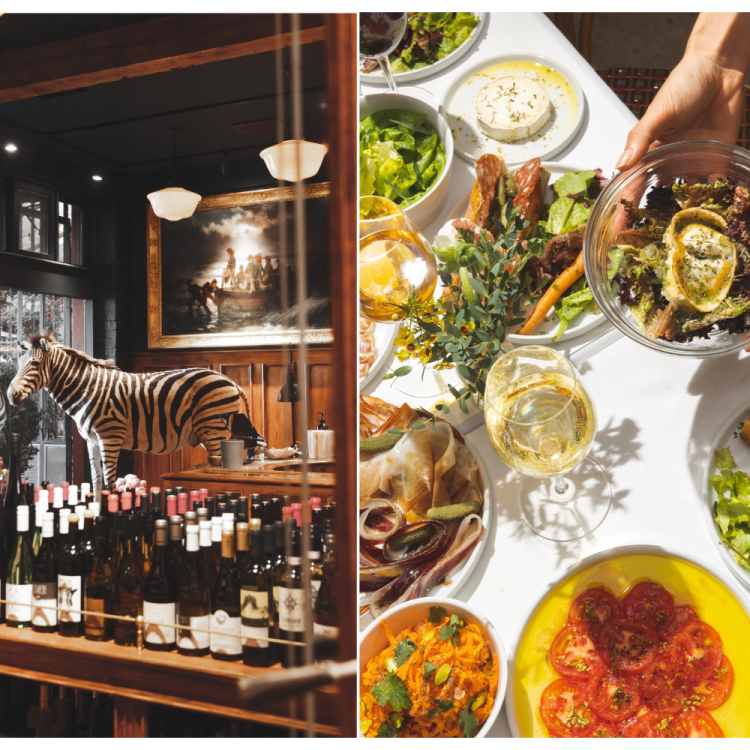So, you say you don’t like mezcal. Well, maybe! Or maybe you’re just drinking it wrong. If you’re having it in a cocktail, you’re probably getting a version that’s over-the-top smoky, a characteristic that’s often magnified in mezcals intended for cocktails so that the smoke stands out from the ingredients. And mezcal is so much more than smoke — it can, in fact, be made without any smoke.
There’s also a way to approach these agave spirits that might help you taste the other flavors involved. First, pour the spirit neat (no ice cube, no added water — just naked out of the bottle, same way you entered this world) into a wide-mouth, shallow vessel. If you have a copita, perfect. If you don’t, a short rocks glass works. You want a vessel that allows the spirit to breathe freely, rather than accumulate in a wide body and explode out of a narrow neck.
Give it a sniff in the cup. Put a little on your hands to smell it another way, where the alcohol is evaporated so you smell the cooked agave.
Pop your tongue into the liquid and run it on the roof of your mouth and behind your teeth, like you’re kissing yourself, to clear your palate. Then take a half sip — the smallest sip you’ve ever taken — and leave it on your tongue to the count of five. This gives you a chance to acclimate to the complexity, which can be the reason you don’t like mezcal.
The Proper Way to Drink Mezcal (And 8 Bottles You Should Try)
Lessons learned from whiskey sipping do not apply hereAll mezcal is made from agave, and agave is a complex plant; it has to be to live years in the desert as the only food source for miles. It’s built up biochemical defense mechanisms to survive. And those biochemical mechanisms become a complex myriad of flavors and aromas when you use slow, simple systems to convert agave into alcohol.
Imagine all the paintings in your favorite museum laid atop one another. That’s that half-drop on your tongue. If you don’t take the time separate all those paintings — to recognize all those complex flavors in that drop — it looks like a cacophony. It tastes like your mouth is being pulled in 400 different directions. Tiny sips, held on your tongue for a long time, allow your palate to recognize all that beauty. The smaller the sip, the bigger the flavor; the more you sip, the more your palate recognizes these complexities.
So, back to the bar, where you had those mezcals you didn’t like. Try them using this tasting method. And if you have certain flavor profiles you do like, or ones you discover that you like, here are a few worthy mezcals to try.
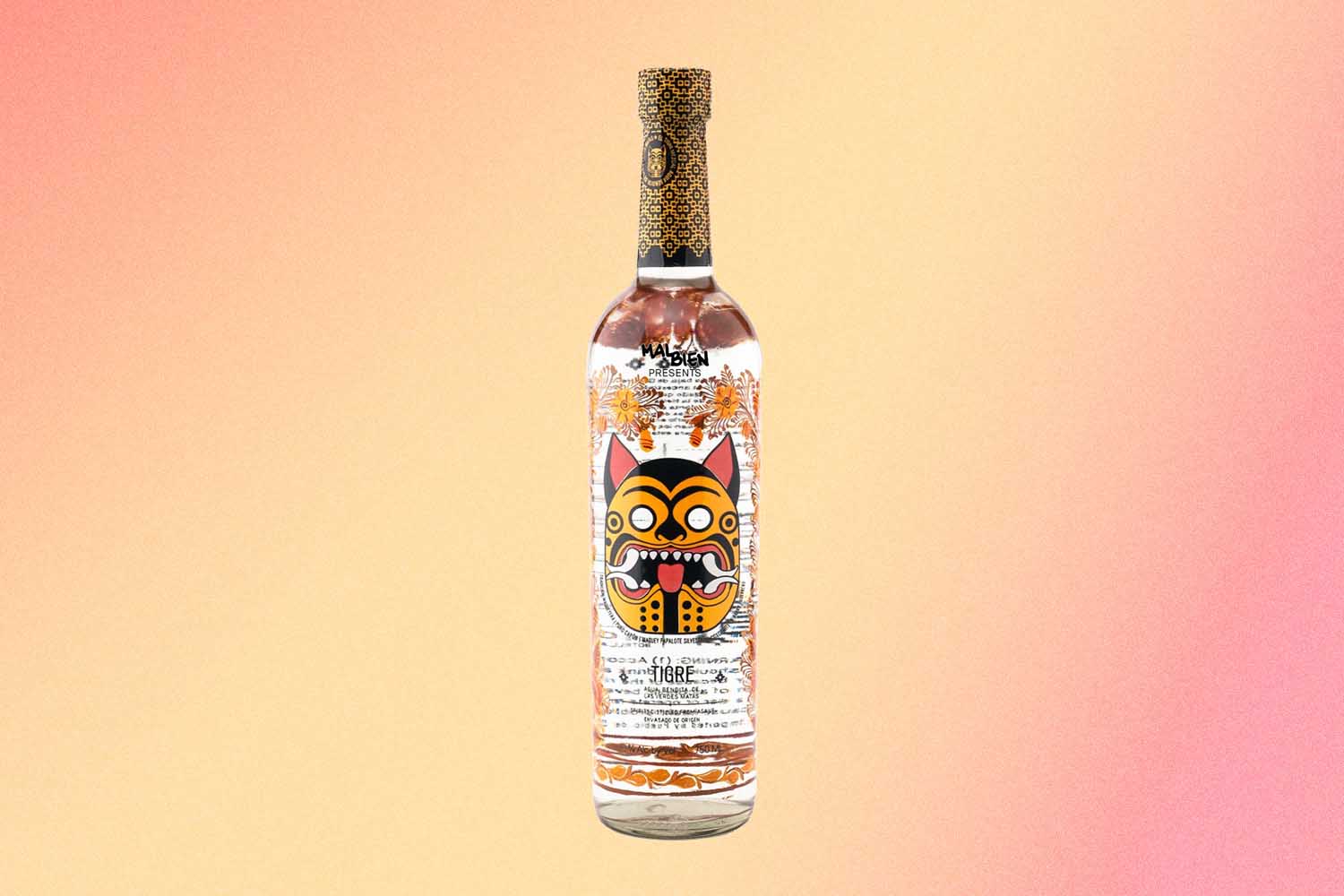
If you love chocolate (and/or olives): El Tigre
You’ll like El Tigre, a spirit distilled from wild cupreata agave in Guerrero. It comes in a hand-painted bottle that’s as beautiful as the liquid inside.
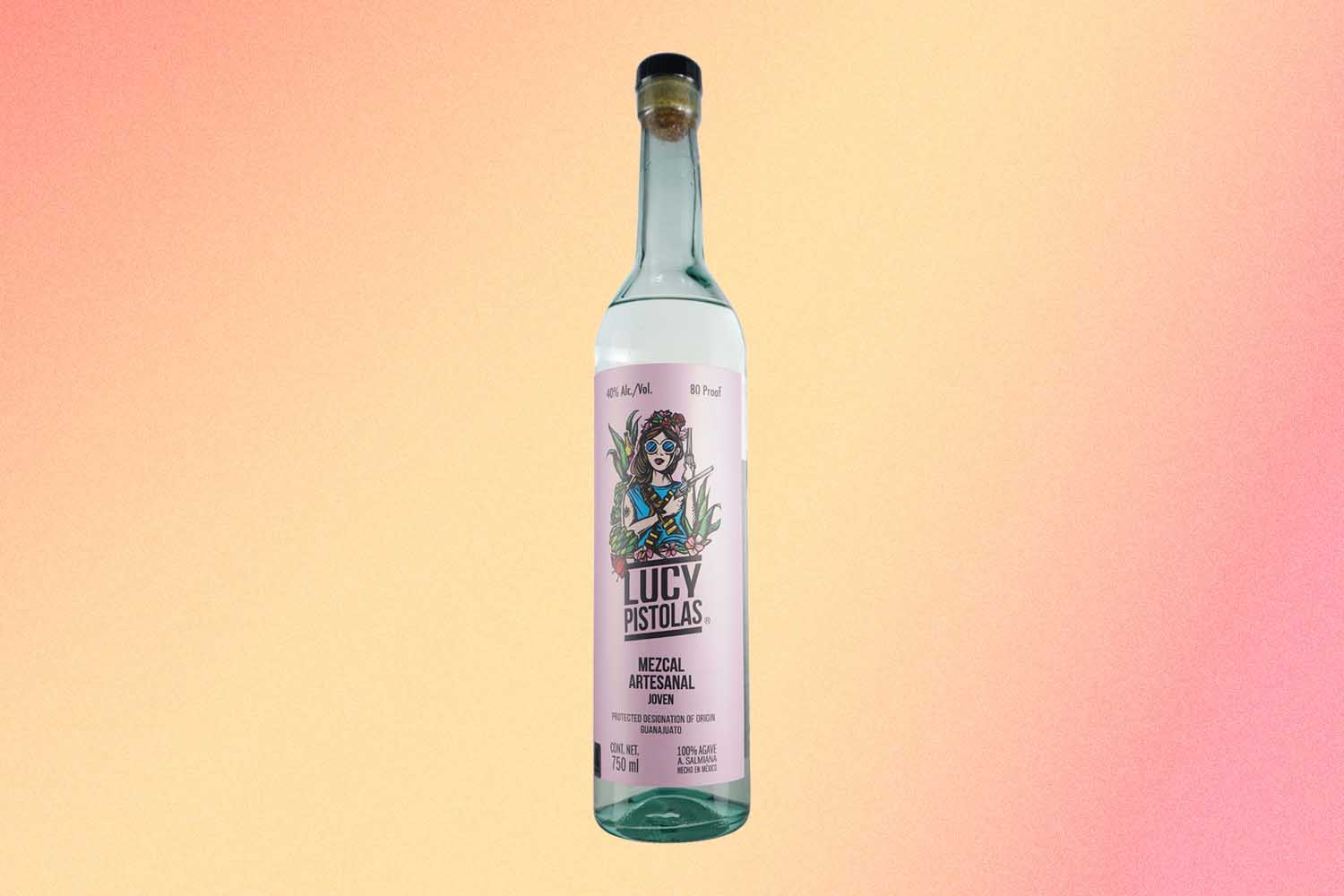
If you’re smoke-averse: Mezcal Villasuso, Lucy Pistolas
Try Mezcal Villasuso or Lucy Pistolas. Both come from Pedro Valdes at in Guanajuato. He uses steam first to cook the wild salmiana agave, then runs his stills on steam. So any smoke is in your head.
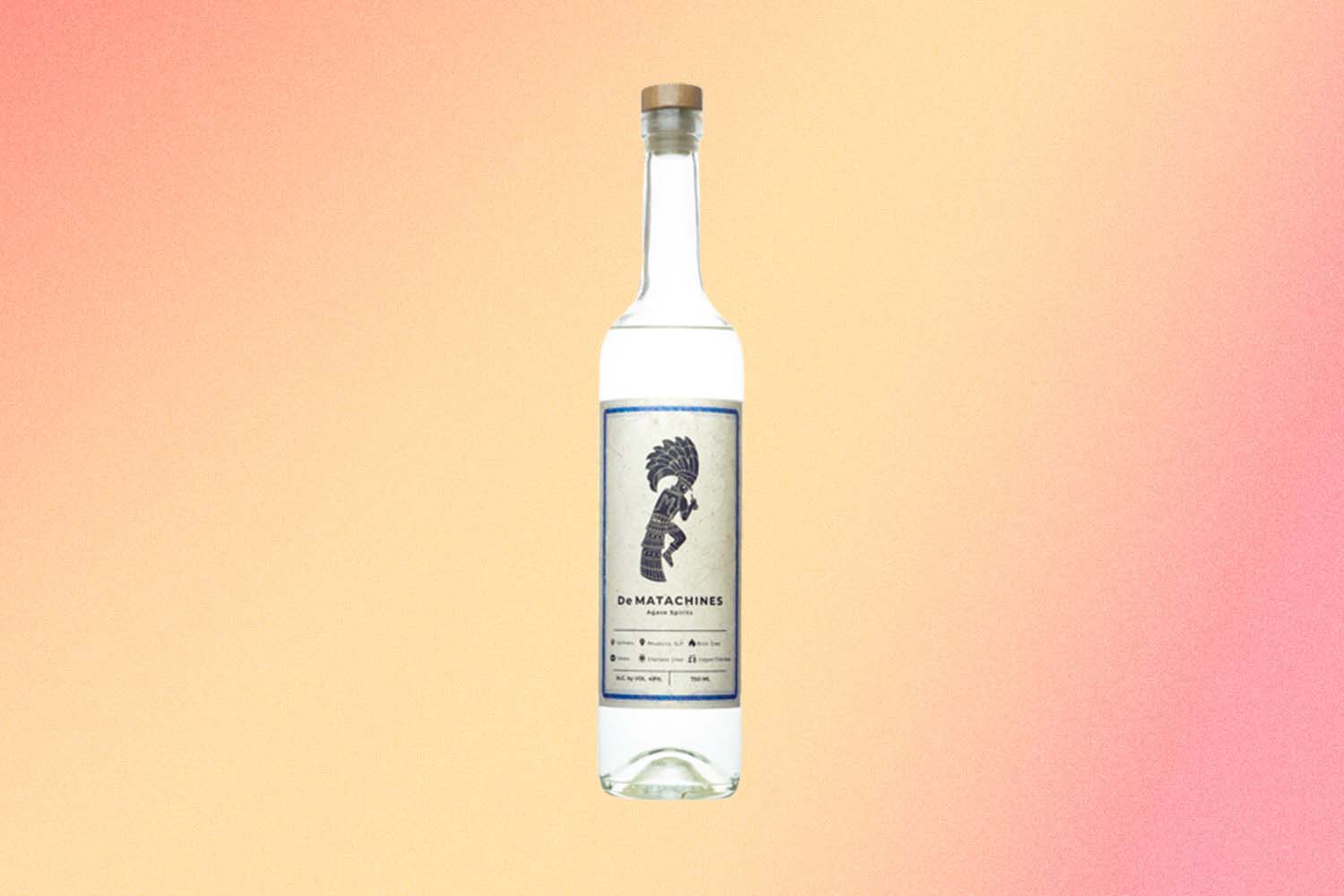
If you love sweet and tangy: De Matachines, Desolas
The Ahualulco expression from De Matachines is salty and sour in a way that reminds me of a fermented seaweed salad, but kind of with grapes added. It’s a salmiana like Pedro’s mezcals above, but from San Luis Potosi. If you can’t find this uncertified agave spirit, try Desolas Mezcal, which is also a salmiana and also from Ahualulco, San Luis Potosi.
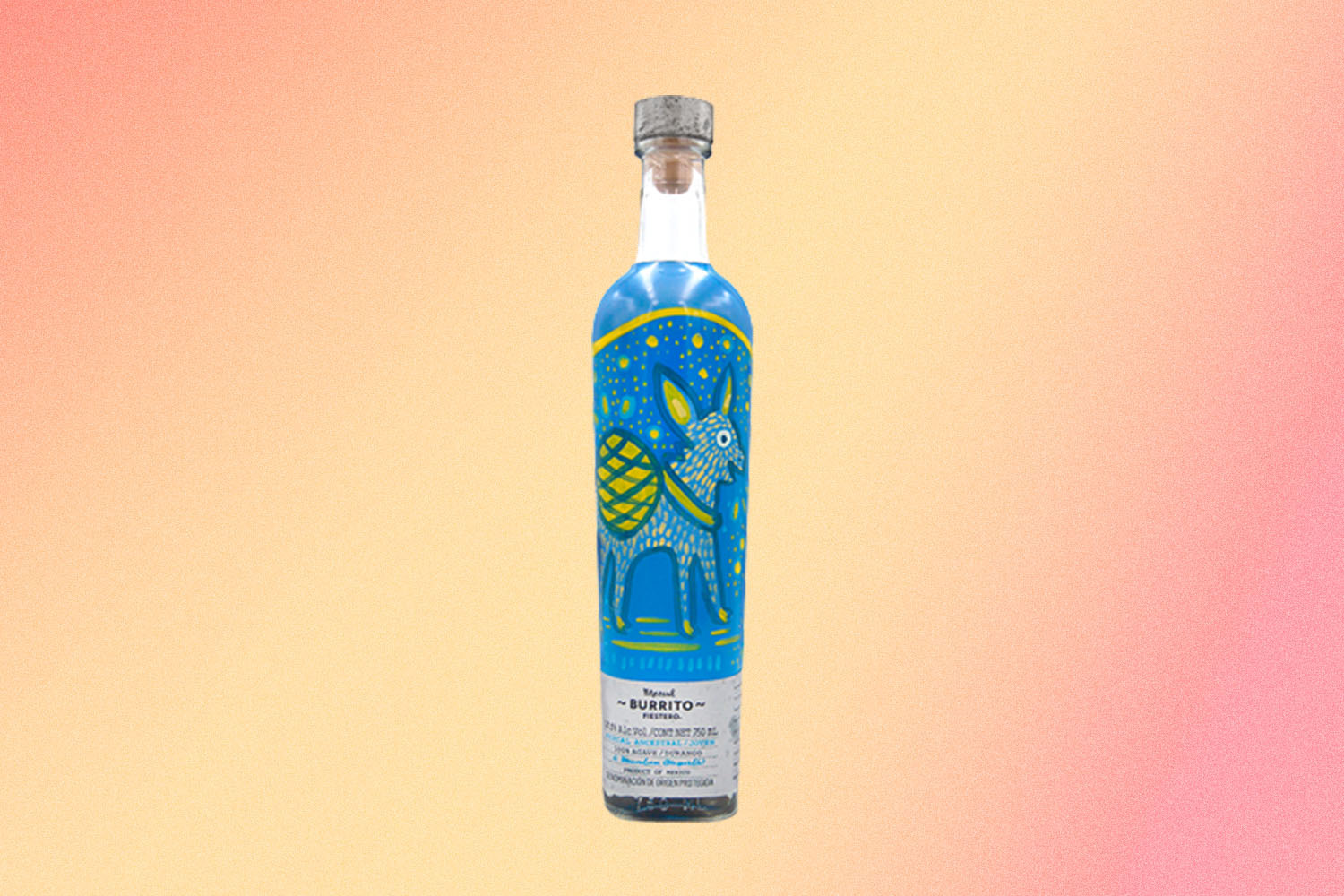
If you love BBQ: Burrito Fiestero
Burrito Fiestero’s Masparillo mezcal hits me like a fruity barbecue sauce. Not smoky, per se, but with the umami you get from tomato paste.
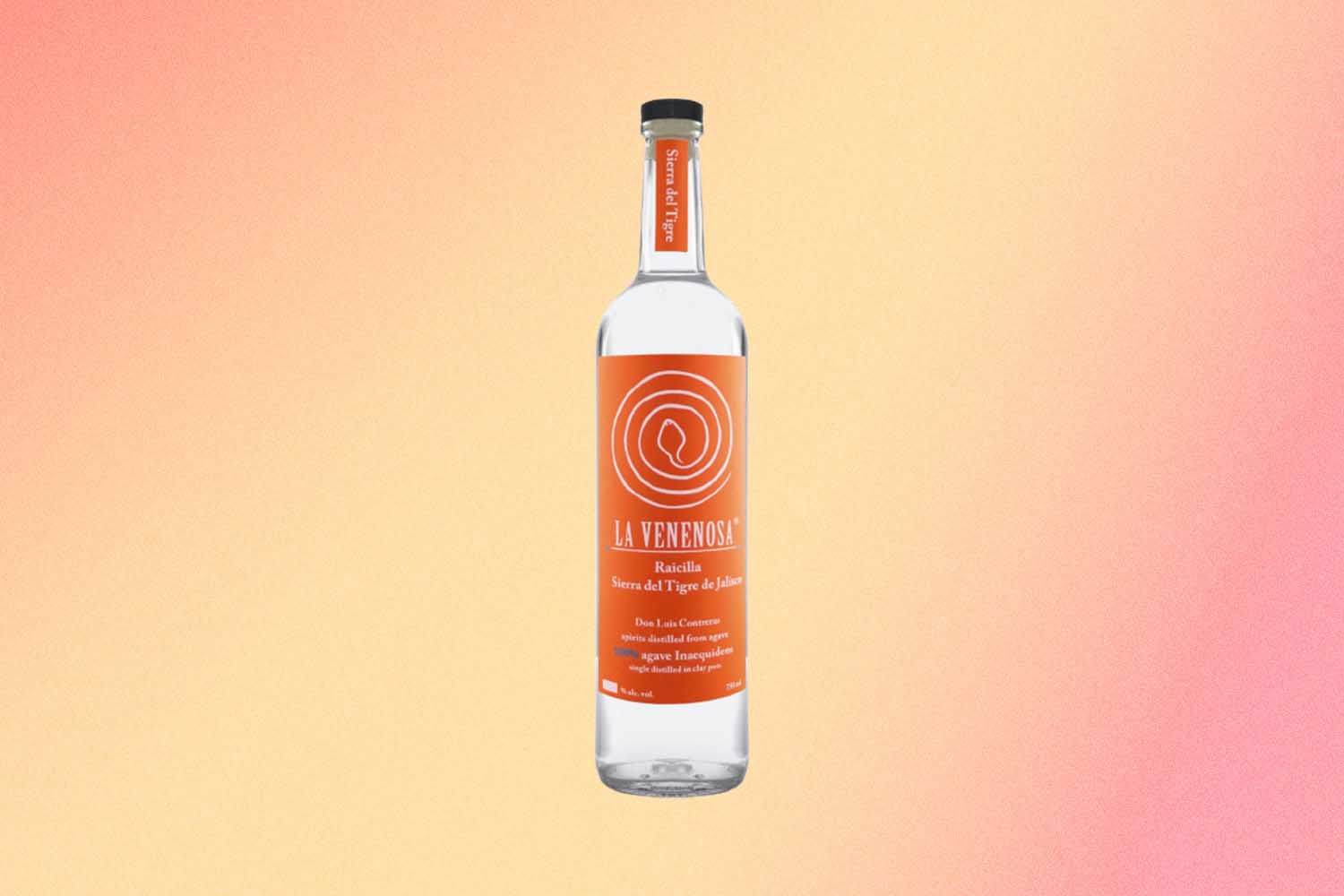
If you love blue cheese: La Venenosa
Luis Contreras distills La Venenosa Raicilla Sierra del Tigre, a funky, wonderful agave spirit in clay pots in Manzanilla de la Paz, Jalisco.
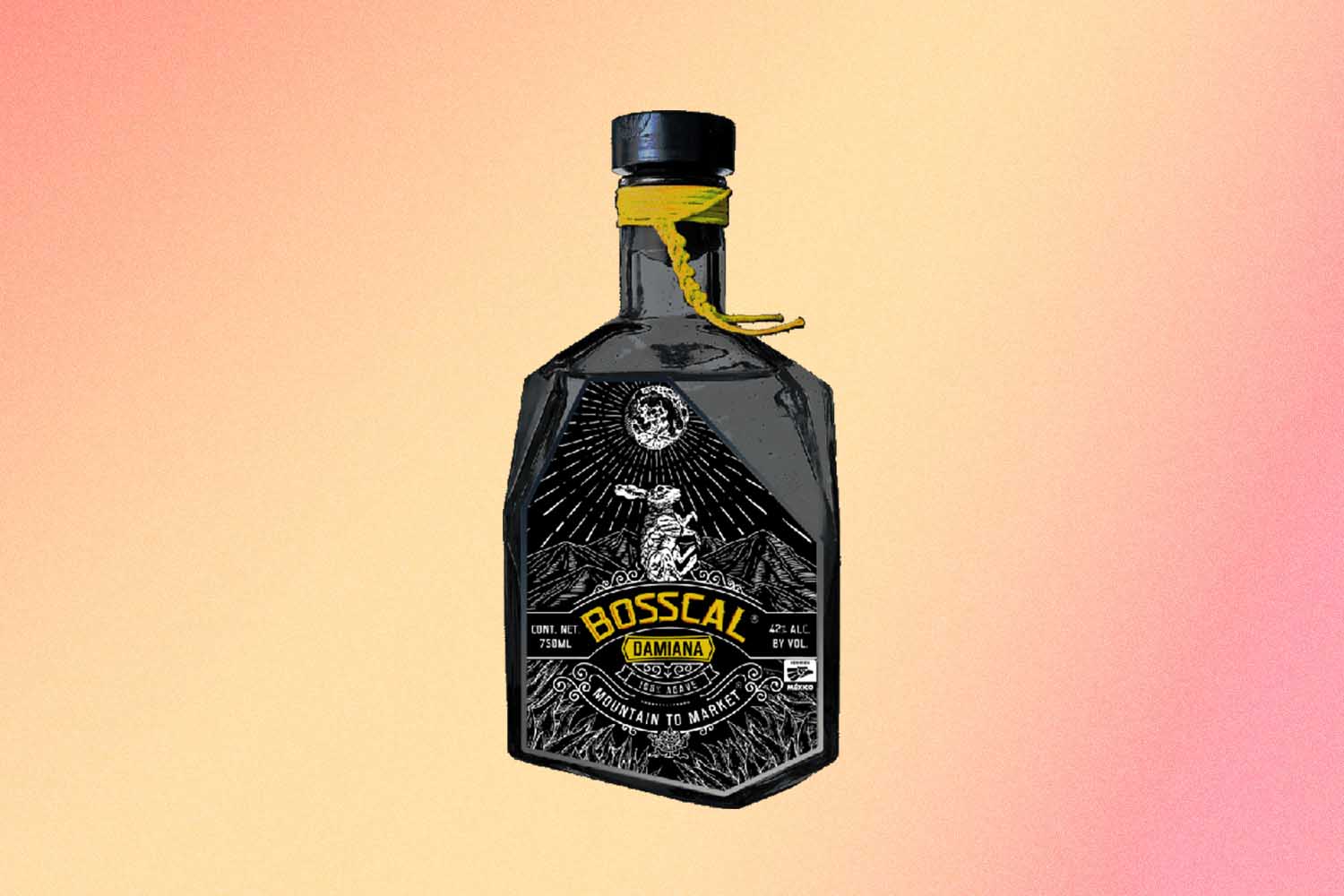
If you love oysters: Bosscal
Not so much for flavor here, but if you need to prep for a romantic rendezvous, try Bosscal distilled with damiana. Damiana is a flower that’s said to be an aphrodisiac. In fact, its scientific name is Turnera aphrodisiaca. Having said that, Dr. Ryan Aycock, author of Simply Cocktails, assures us that “if you took the plant directly, you could possibly — possibly — see some level of increased sexual arousal. But alcohol is a depressant. It will certainly mitigate any minor effect that the damiana would have. Unless you really, really believe.”
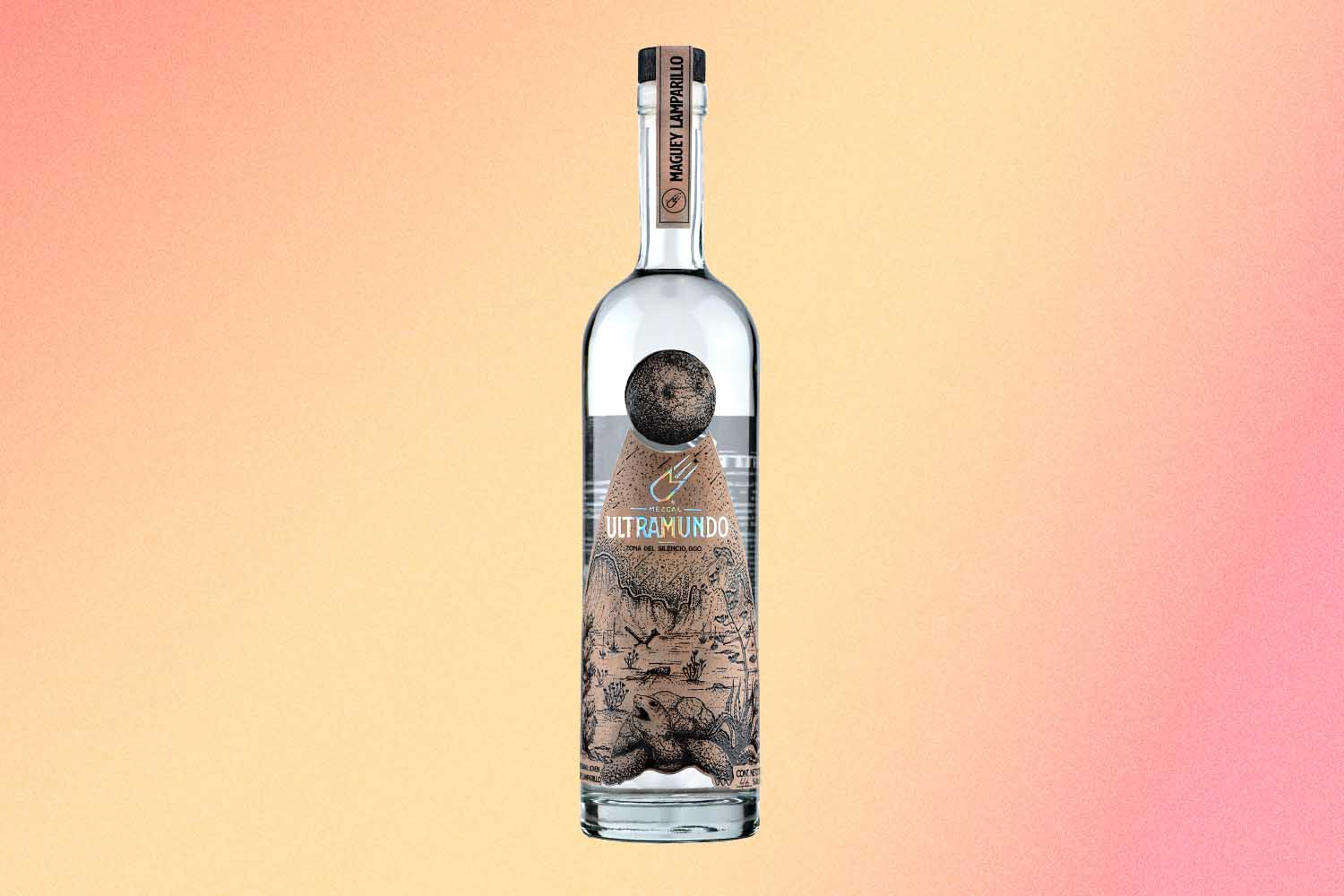
If you love green peppers: Ultramundo
Mezcal Ultramundo is not spicy, in the heat sense. But the flavor and nose are like poblano chiles. The agaves sourced for this mezcal come from a 24,000-acre ranch of wild desert plants, including these lamparillo. They harvest no more than 80% of what reaches maturity annually, so at least 20% go to seed.
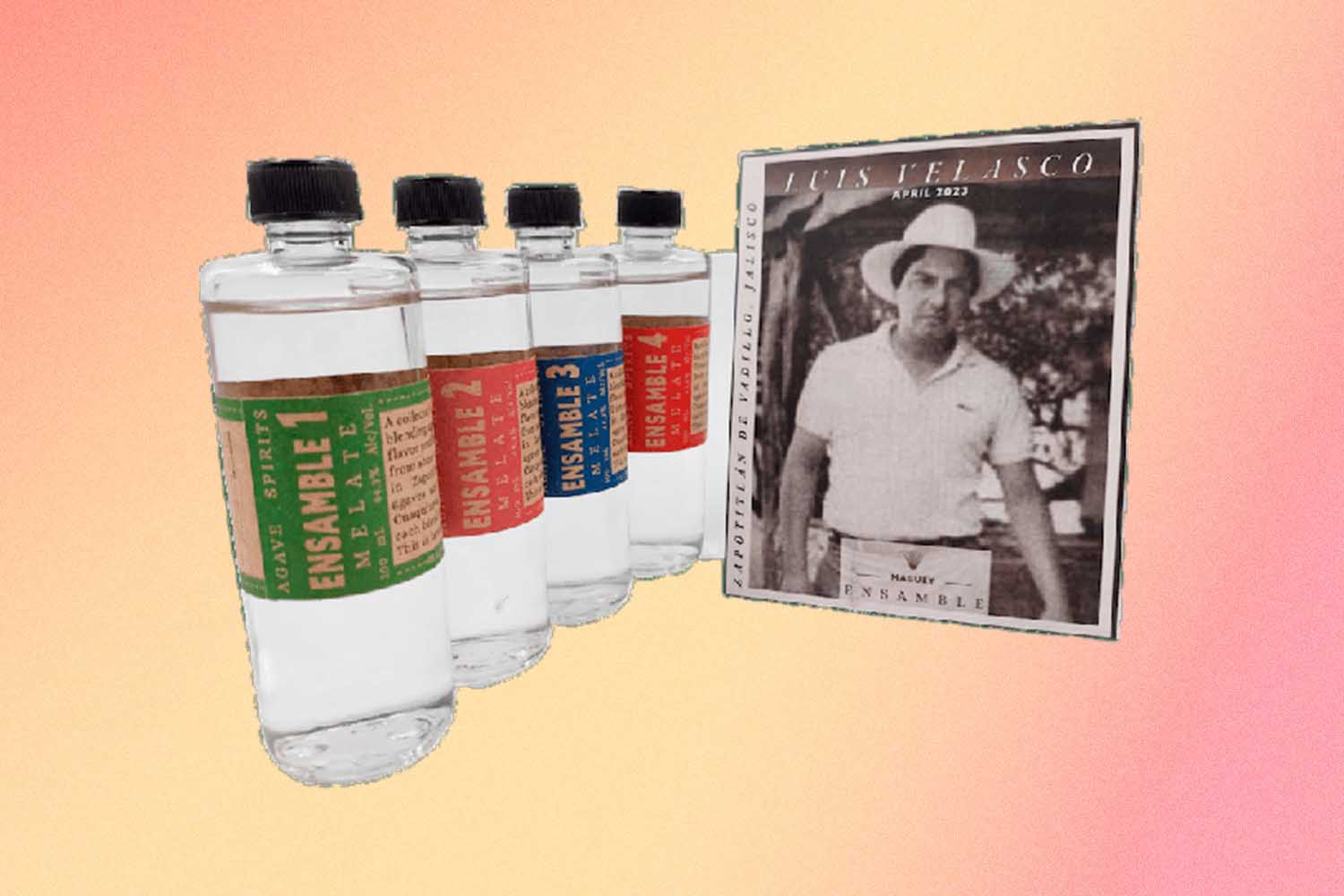
If you’re not sure what you like: Maguey Melate
Luis Velasco has been collecting batches of agave spirits for 30 years from his community of Zapotitlan de Vadillo, Jalisco. He blends bits of those batches to make his own unique bottlings, just for friends and family. Now, Maguey Melate has put together a set of four of his blends that run from sweet cream to oranges fermented with horseradish.
And that brings me to my final point: Most of the spirits suggested here are made from agave sourced from the wild. The International Union for Conservation of Nature and Natural Resources tracks extinct, endangered and at-risk species of all types, through their Red List. That list includes 158 different species of agave, and recognizes 84 of those species as being at some level of risk of extinction. But of those 84, only 11 are considered at-risk because of their use in mezcal production. Of those 11, two are called out (cupreata and potatorum) because the risk is at least partially the result of their wild habitats being converted to farms…farms of agave.
I believe that if we consume spirits made from a wide variety of agaves, someone will see a financial interest in maintaining farms that include each of those varieties. And while I would by far prefer to see all of those agave varieties growing in the wild, I think relying on wild growth is a lost cause.
The other 73 species of agave on the IUCN Red List? They are noted as being at-risk of extinction not because we’re drinking them, but because of urban sprawl, agriculture, cattle ranching, climate change and poaching by collectors. So drink broad, drink deep and drink wild. Consume diversity to save diversity, in spirits and in everything you consume.
Join America's Fastest Growing Spirits Newsletter THE SPILL. Unlock all the reviews, recipes and revelry — and get 15% off award-winning La Tierra de Acre Mezcal.
